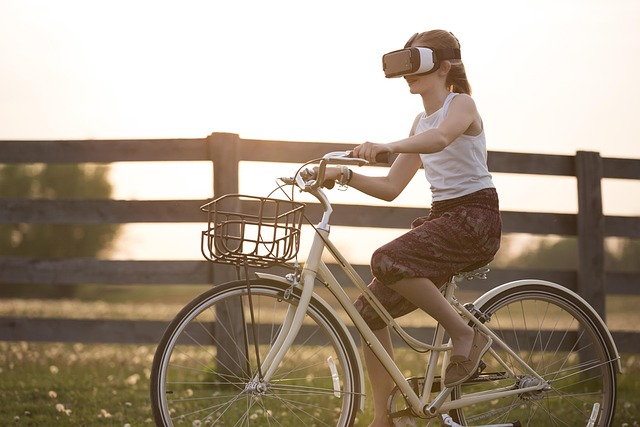As we delve deeper into the 21st century, the realms of technology grow ever more intertwined with our daily lives, with virtual reality (VR) leading the charge in how we experience the world. A sense of immersion that captivates the senses is what virtual reality promises. With the ability to create environments that feel astonishingly real, VR is transforming industries, from gaming to healthcare, education, and beyond.
Virtual reality is no longer just the realm of sci-fi fantasies; it is becoming an essential tool for training simulations, enabling professionals to hone their skills in realistic yet controlled environments. Imagine a surgeon practicing complex procedures without any risk to patients or a pilot training for emergencies within a flight simulator that mirrors real-world scenarios. The implications of VR in such scenarios are profound, offering a safe space to learn, fail, and ultimately succeed.
Complementing VR is augmented reality (AR), which provides a different kind of interaction with our surroundings. By overlaying digital information onto the real world, AR blends the virtual with the physical, enhancing our perception and engagement with our environment. Think of applications like Pokémon Go that transformed a leisurely walk into an adventurous quest or how AR is being utilized in industries such as retail, where customers can see how a piece of furniture would look in their living room before making a purchase. The seamless integration of the digital with the physical world creates not just novelty but also practical solutions.
As we explore further into the tech realm, we encounter the concept of the metaverse, an expansive digital universe that incorporates elements of both virtual and augmented reality. This interconnected web of immersive experiences promises to redefine how we socialize, work, and conduct business. Picture a world where virtual meetings occur in a shared, lifelike space, allowing for a level of interaction far beyond video calls or chat platforms. The metaverse aims not only to recreate physical experiences but also to enhance them, offering endless possibilities for collaboration and creativity.
The synergy of virtual reality, augmented reality, and the metaverse heralds a new era in simulation technologies. Each of these innovations carries the potential to revolutionize human experience. They draw us in, offering sensations and experiences that were previously unimaginable. As society stands on the brink of this digital transformation, we are invited to ponder the limitless potential of these technologies and their role in shaping our future. Will they be the tools that help us build a more interconnected society? Or will they create new challenges to navigate in our quest for genuine connection? The answers remain to be discovered as we venture into this exciting frontier.



